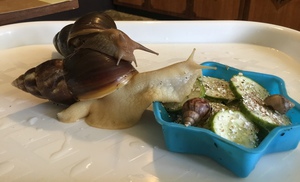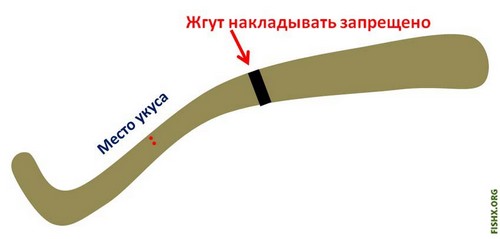Giving living creatures extrinsic features, nature thereby provides them with their care. For example, consider the representative arthropods arachnids – spider. Despite being relatively small, it is the real predator, witty and clever.
Due to the selfishness of the data entities, they usually make a living alone and only for themselves, but there are exceptions when hunting collectively – pack.
For a successful hunt nature has given them a different the necessary skills and astounding intelligence.
Hunting, they use a large Arsenal of clever techniques:
- The trap of the networks of the web;
- Shooting bullets with web;
- Input of production in the trance state hypnosis;
- Carefully planned traps.
Wonderful creation of nature – web
People can not even imagine how fabulous this notion of nature, when bumping in the Park on the web, with irritability like her. If the length of an ordinary web would be equal to the length of the equator, you would have a total mass of about 0.4 kg. it turns Out that the easiest spider has to its credit a solid and elastic material that is found on planet Earth. Highlighting an adhesive component for the lubrication of the threads of the web, the spider can weave their different lengths and thickness.

With the help of stretched in different directions from their shelter extremely thin threads of cobweb spider, possess the nature of low vision, has the ability to communicate with the environment. The web is its construction material. Also, it prolongs the spider descended and habitat – flying web carries with him his offspring away from the place of birth.
The most famous spiders-“hunters”
Spider-digger (atypical tarantula)

Its name comes from the fact that it’s burrowing in the soil and weaves over it “putinovy roof”, similar even from close range on a small hillock. As soon as production is close to this place, the spider rushes to it and pulls into his house.
Spider-tanecnik (weaving the web) and his brother Karakurt (black widow)

These spiders construct their nets closer to the ground, using dry threads. In different region from a network of strung lights – adhesive, as well as the entire web, thread.
Spider-Zasadny

Differs in that it weaves and not setting a trap. He waits for the victim, sitting in her web nest under bark or under a rock, attacking prey at the moment of its coming.
Spider-racer

Is a typical representative among his fellows. For hunting it is not setting a trap-trap not making shelters. Seeing their prey even exceeding it in size, come on to her. His jump insures, securing himself the thread to the jump site.
Wolf spider

Corresponds to the name is active at night, constantly exploring the area in search of food.
Water spider (spider silverfish)

Hunting of underwater shelters from the web with air bubbles. He expects a sacrifice, occasionally surfacing to get air.
Spider-rogopag

Typical hunter, the weave network. His web has a very formulaic way – round, radiating from the Central part of the rays. “Hunter” is in the middle, holding paws thread, and monitors the situation. The special beacon signal reports on the entry of the insect into the trap, and indicates the place where it happened. The spider moves back and turns the prey into a ball, pre-oputa its web.
Wood spider (a kind of spider)

It lives in the tropics, living in the woods. Weaves between trees web round-shaped, reaching two meters in size, able to withstand a hit from a small bird and hold it, not to mention those caught insects.
Funnel web
Has a direct relationship to the “saradnika”. Makes its nest in the shape of a funnel and attaches it to rocks, fallen trees, gastrostomy herbs. Being in the vortex, he waits for the victim, grabs her and pulls to itself.

This is only a small part of all existing species of spiders, of which there are about forty thousand. Nature likes variety, witness the creation of a huge variety of arachnid creatures.


